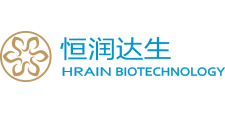Basic principle of CAR-NK cell therapy
Chimeric antigen receptor NK (CAR-NK) cell therapy is a gene engineering technology. It first transforms a fragment of scFv, an antibody capable of recognizing a specific tumor antigen and then integrates the fragment into the transmembrane chain segment composed of different combinations of molecules such as CD3-ζ, CD137, NKG2D and DAP10, forming a forming a recombinant plasmid CAR. The CAR will be transduced into the NK cells (from patients or healthy donors) and cause them to express CAR. After the “re-coding”, a large amount of tumor-specific CAR-NK cells will be generated to attack and eventually ablate the tumor.
Basic principle of CAR-NK cell therapy
Chimeric antigen receptor NK (CAR-NK) cell therapy is a gene engineering technology. It first transforms a fragment of scFv, an antibody capable of recognizing a specific tumor antigen and then integrates the fragment into the transmembrane chain segment composed of different combinations of molecules such as CD3-ζ, CD137, NKG2D and DAP10, forming a forming a recombinant plasmid CAR. The CAR will be transduced into the NK cells (from patients or healthy donors) and cause them to express CAR. After the “re-coding”, a large amount of tumor-specific CAR-NK cells will be generated to attack and eventually ablate the tumor.

